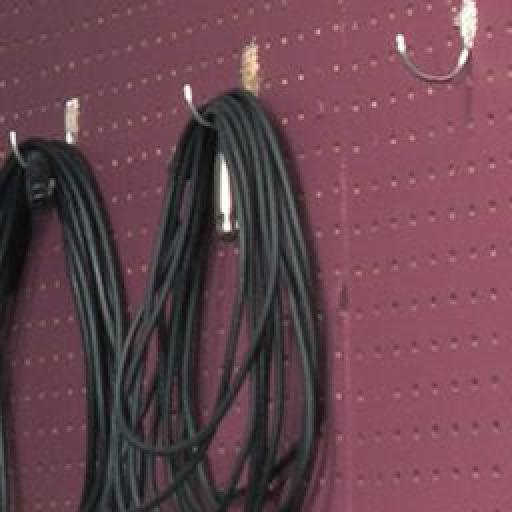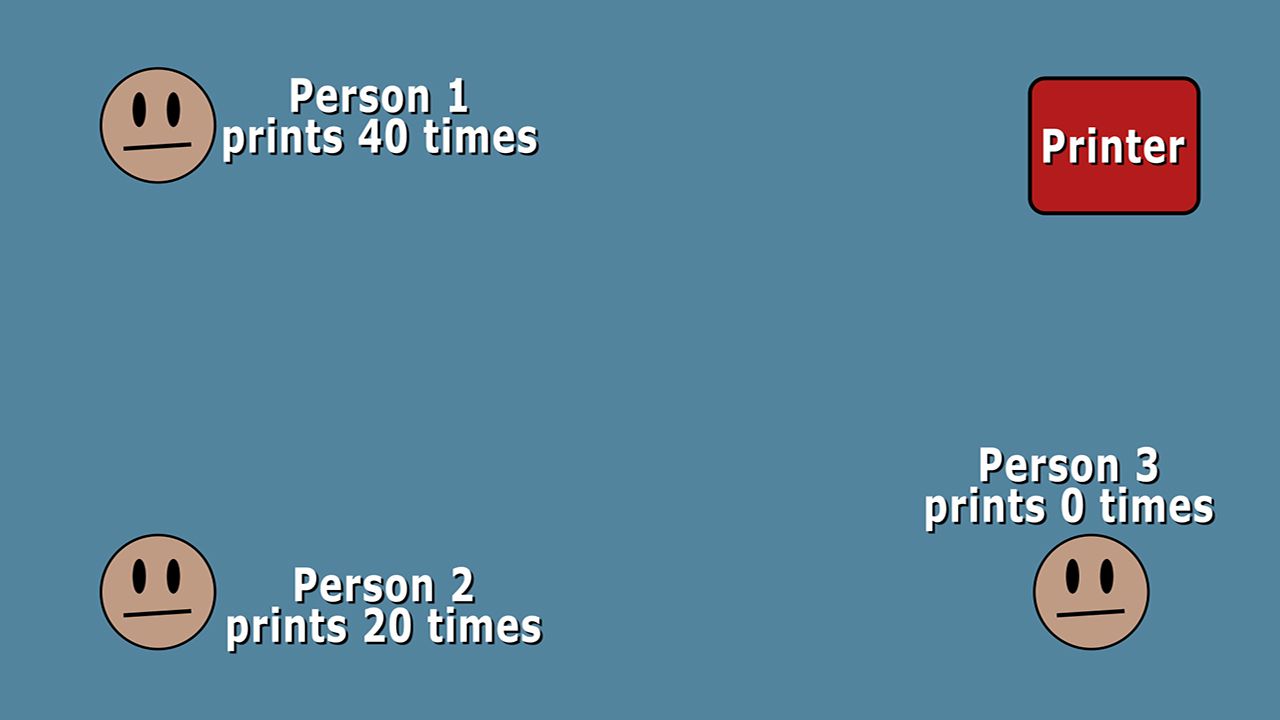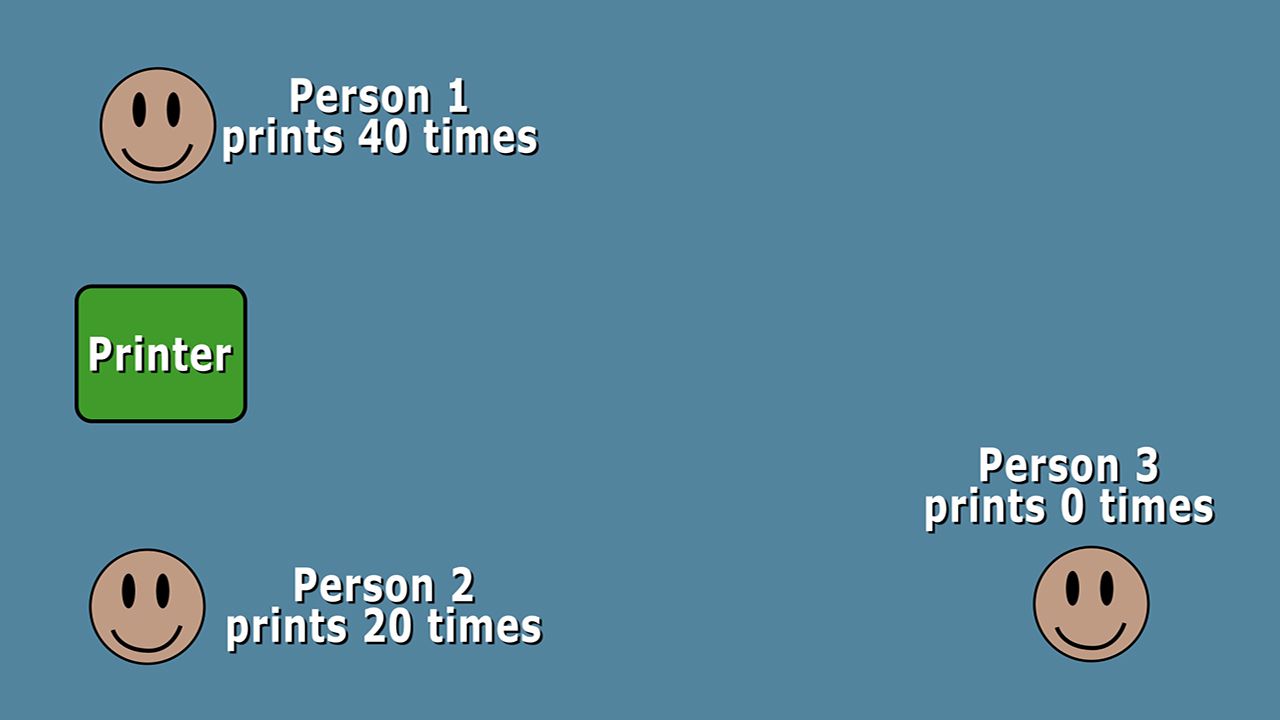We probably all know whether or not we are considered an organized person. Even if we are neat and clean and everything has its place, is it the right place for efficiency and productiveness? Over the years, I have moved office and studio items around my building to maximize functionality, but it was not really until I attended a short seminar that introduced me to Lean 5S Visual Management concepts, that real organization was achieved.
So you are asking, “What is 5S?” 5S is a process methodology that stands for Sorting, Straightening, Shine, Standardize, and Sustain. These might seem kind of standard or boring, but when you add Lean and Visual to the equation, then the magic starts to happen. In general, we are looking to create the most efficient sustainable system so that all our employees or engineers can be the most productive at what they do. All the time searching for or retrieving an item they need disappears, resulting in higher productivity.
Let me give you a simple example of being “lean”. Let's say you have 4 people in the office that all share one printer. If 2 people rarely use the printer, the third prints 20 copies a day, and the 4th is constantly printing, it would be advantageous to have the printer next to the person who prints the most and furthest from the person who prints the least. This will eliminate wasted time retrieving the print outs, increasing productivity.
Lean ergonomics not implemented.
Lean ergonomics implemented adding productivity.
Now that you have an introduction of what I am explaining, let's go through the list.
Sorting: This is where we remove items that are not needed for this area of the office and prioritize items that are needed. This includes tools, documents and accessories. (If you use a 3-hole punch once a week, it does not need to be on the workspace of your desk, but can be stored in a drawer.)
Straitening: Order your items with the most frequently used the closest. (If you frequently take phone calls, your phone should be within easy reach from your office chair.)
Shine: This not only involves keeping things clean and neat, but relocating the item to their original starting position. (Keep your desk clear of waste, and when you are done with an item, put it back in its place, especially if you are not the only one that works at your workstation.)
Standardizing: The name says it all. (Imagine having 3 shipping stations. If all items are in the same place at every station, anyone can come in and work at any station and can be just as efficient, knowing where everything is.)
Sustaining: Maintain and continue to improve. (Once you have begun to utilize this system, keep it in mind during your daily activities and constantly seek ways to improve.)
It is very important to add visual management to the process. Let's go back to the 3 shipping stations for an example. We can implement a pegboard with outlines of the various tools hanging on it. This not only helps with organization, but instant knowledge can be obtained visually if something is missing. I personally use this in my recording studio. If I own 20 cables, then I only put 20 hooks on the wall. I can instantly see if a cable is missing right after we clean up from a session.
Visual management makes it easy to see if something is missing.
I have applied these concepts in my recording studio on a large and small scale. From where items are placed on my desk, to file storage for sessions being in the control room instead of in my office far away down the hall; even visual management with cables, stands and microphones. Adding these methodologies to your work environment will definitely improve functionality, relieve stress, and save time and money.
Learn more about constructing your own studio in Jim's video course:
Planning a Recording Studio Build






 © 2024 Ask.Audio
A NonLinear Educating Company
© 2024 Ask.Audio
A NonLinear Educating Company
Discussion
Want to join the discussion?
Create an account or login to get started!